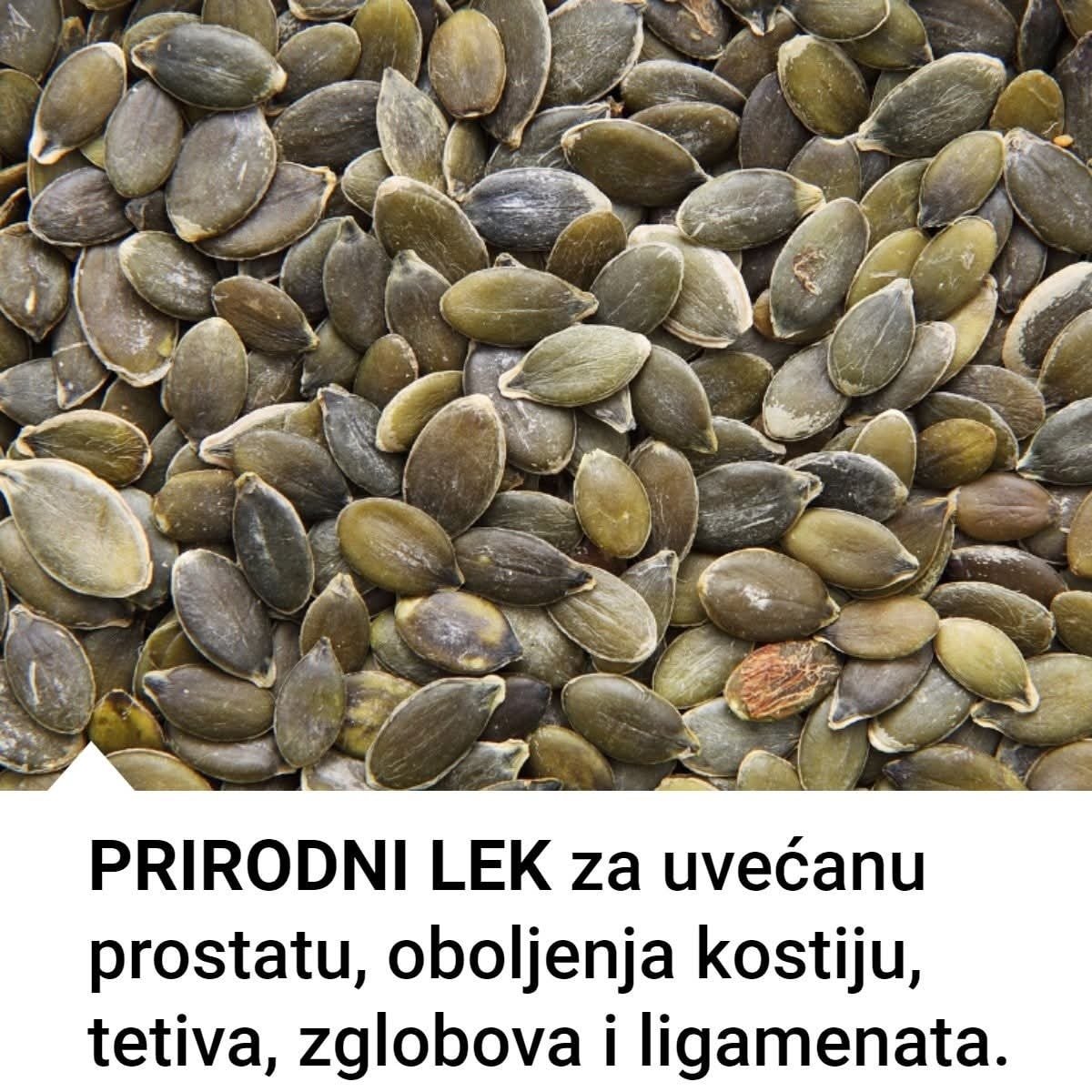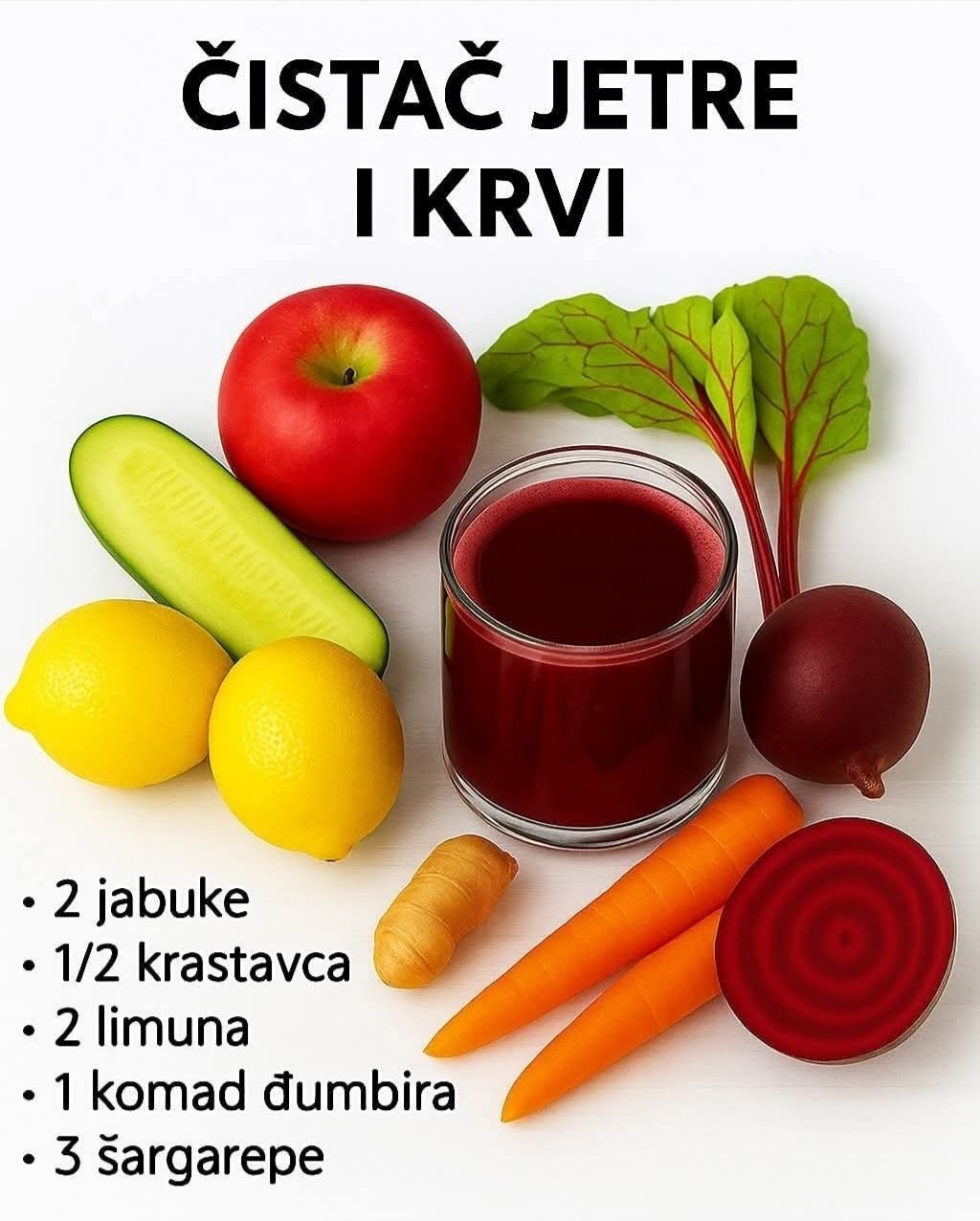Gardening enthusiasts and homeowners alike may find the discovery of Conium maculatum, commonly known as poison hemlock, in their gardens alarming due to its high toxicity. However, with the right knowledge and approach, you can manage this dangerous weed safely and effectively. This article provides essential information on identifying poison hemlock, understanding its risks, and implementing safe removal strategies to ensure your garden remains a safe environment.
Understanding Conium maculatum
Identification
Appearance: Conium maculatum features small white flowers that form in umbrella-like clusters, similar to other members of the Apiaceae family, such as carrots and parsley. It can grow up to 6-8 feet tall and has smooth, hollow stems with purple or red blotche.
Habitat: It commonly grows along roadsides, in ditches, and in moist areas of gardens and fields.
Toxicity
Risks: All parts of the plant are highly toxic when ingested, with the potential to disrupt the central nervous system. Even minimal contact, such as touching the plant and then touching the mouth or eyes, can be harmful.
Symptoms: Include salivation, dilated pupils, difficulty breathing, muscle paralysis, and potentially fatal respiratory collapse.
Prevention and Control
Monitoring
Regular Checks: Regularly inspect your garden, especially in early spring when poison hemlock starts to germinate.
Early Identification: Early detection is crucial to prevent the plant from setting seeds and spreading.
Physical Removal
Safety Precautions: Always wear gloves, long sleeves, and protective eyewear to avoid skin contact. Do not burn the plant, as the smoke can be toxic.
Technique: Carefully dig around the roots to remove the entire plant, including the root system. Ensure thorough disposal in sealed bags to prevent further contamination.
Creating a Safe Garden
Cultivating Vigilance
Educate: Educate yourself and family members about the appearance and risks of poison hemlock.
Alternative Planting: Consider planting ground covers or other dense, competitive plants to inhibit the growth of poison hemlock.
Chemical Control
Herbicides: If the infestation is large, herbicides may be necessary. Choose products specifically labeled for poison hemlock, and apply according to manufacturer instructions, taking care to protect desirable plants and wildlife.
Community Awareness
Report Sightings: If you spot poison hemlock in public areas or near your property, report it to local agriculture or public health authorities to help manage its spread.
Proactive Management for Garden Safety
Identifying and removing Conium maculatum from your garden is essential for maintaining a safe and healthy environment. By staying informed and vigilant, you can manage this toxic weed effectively and ensure your garden remains a safe space for everyone to enjoy.
By integrating plants and gardening practices and being aware of potential planting hazards, you can maintain a thriving and safe garden.


